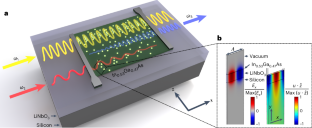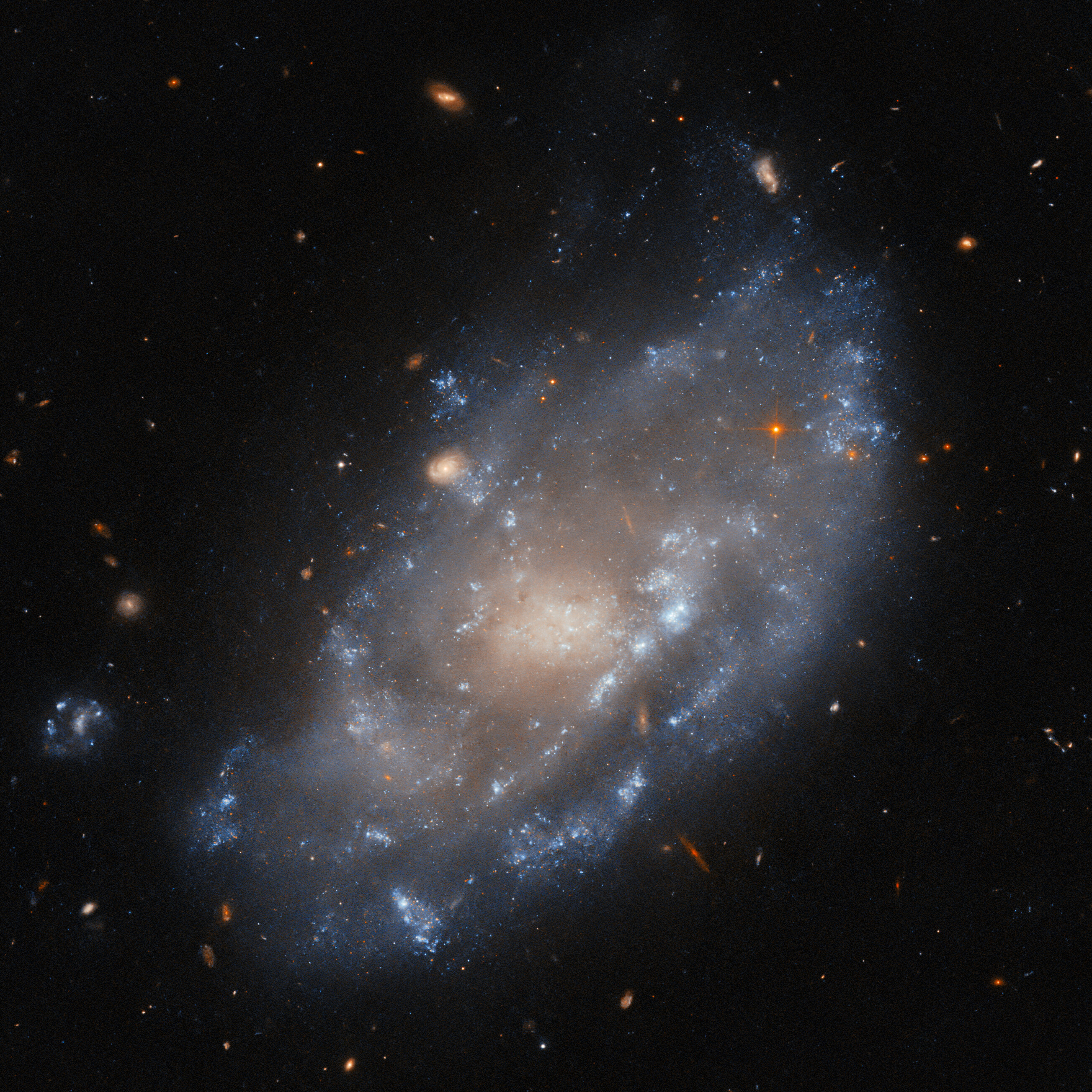2024-05-03 アリゾナ大学
<関連情報>
- https://news.arizona.edu/news/good-vibrations-new-tech-may-lead-smaller-more-powerful-wireless-devices
- https://www.nature.com/articles/s41563-024-01882-4
半導体-圧電ヘテロ構造における巨大電子媒介フォノニック非線形性 Giant electron-mediated phononic nonlinearity in semiconductor–piezoelectric heterostructures
Lisa Hackett,Matthew Koppa,Brandon Smith,Michael Miller,Steven Santillan,Scott Weatherred,Shawn Arterburn,Thomas A. Friedmann,Nils Otterstrom & Matt Eichenfield
Nature Materials Published:03 May 2024
DOI:https://doi.org/10.1038/s41563-024-01882-4

Abstract
Efficient and deterministic nonlinear phononic interactions could revolutionize classical and quantum information processing at radio frequencies in much the same way that nonlinear photonic interactions have at optical frequencies. Here we show that in the important class of phononic materials that are piezoelectric, deterministic nonlinear phononic interactions can be enhanced by orders of magnitude via the heterogeneous integration of high-mobility semiconductor materials. To this end, a lithium niobate and indium gallium arsenide heterostructure is utilized to produce the most efficient three- and four-wave phononic mixing to date, to the best of our knowledge. We then show that the conversion efficiency can be further enhanced by applying semiconductor bias fields that amplify the phonons. We present a theoretical model that accurately predicts the three-wave mixing efficiencies in this work and extrapolate that these nonlinearities can be enhanced far beyond what is demonstrated here by confining phonons to smaller dimensions in waveguides and optimizing the semiconductor material properties.



